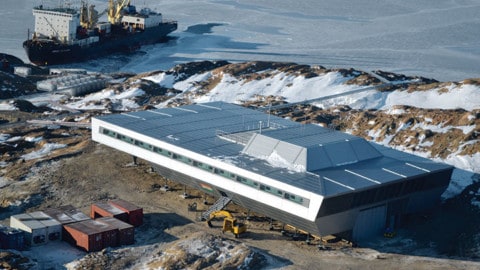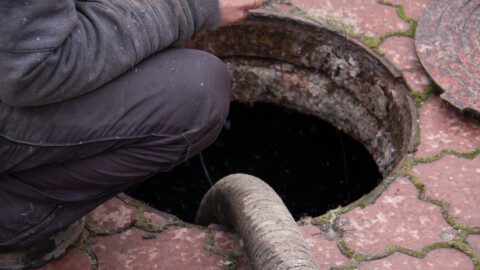Waterhammer – which is a pressure surge within a piping system – can cause significant damage to any system not designed to accommodate such stresses, including burst pipes, damaged valves and more. Having a clear understanding of what is causing the phenomenon in a particular installation is key to identifying the right solution.
Waterhammer occurs when a fluid in motion is forced to stop or change direction suddenly. This often occurs when a valve closes suddenly at the end of a pipeline system, and a pressure wave grows in the pipe.
Because of this, pump starts and stops can cause waterhammer, as a rapid change in flow and system pressure can cause the sudden closure of check valves, while changes in the direction of flow can induce water column separation.
Pressure tanks, surge chambers and similar accumulators can all mitigate the effects of waterhammer, but prevention is often a better strategy.
Valve closure time significantly impacts the likelihood of damaging water hammer occurring, as the more slowly the valve is closed, the less significant the increase in pressure will be, thus reducing the incidence and intensity of waterhammer. Controlled valve closure can be achieved manually or by use of motorised valves.
Soft starters and variable speed drives (VSDs) can be used to control the speed of the pump during starting and stopping. This allows for a more gradual change in pump speed to prevent water column separation, flow reversal and sudden check valve closure.
Soft starters and VSDs can provide a range of advanced motor and system protection functions as well as monitoring and control options.
The effectiveness of electronic speed control in the reduction of waterhammer is determined not only by the type of technology within the soft starter or VSD, but also by the pump and system curves.
With a ‘steep curve’ pump, a large change in pressure produces a small change in flow. Conversely, with a ‘flat curve’ pump a small change in pressure will result in a large change in flow.
To help abate waterhammer in a system, a steep curve pump should be used wherever possible. The relationship between pressure and flow rate for such pumps makes precise control of the flow rate via control of pump speed much easier.
Soft starters run the system at full speed during operation, controlling the speed during pump starting and stopping only. Once the system reaches full speed, the soft starter is typically bypassed and operates with very high efficiency, thus reducing running costs. Soft starters also come at a lower cost than VSDs and do not necessitate the use of costly filters — they should be the preferred method of electronic speed control for the mitigation of water hammer.
The most advanced soft start (and stop) mode is direct acceleration and deceleration control, which is ideal for the elimination of waterhammer because it enables selection between a variety of starting and stopping profiles, depending upon the unique characteristics of the pumping system. Furthermore, the ability to select and adjust a variety of control strategies makes it simple to tailor operation for optimal results no matter what the system characteristics.
This partner content is brought to you by IPD Industrial. For more information, visit ipdgroup.com.au.














